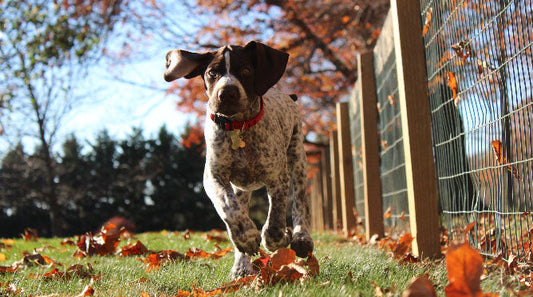It’s tempting to reach into the medicine cabinet and use one of your own medications to treat your pet, but is it safe? Some over-the-counter medications, including Benadryl, can be given to dogs, BUT—and that’s a big but—none of these meds should be given to a dog without first consulting your vet. That’s because different breeds and sized dogs react differently and require particular doses. And if your pet is already taking other medications, he could have adverse reactions after adding Benadryl to the mix.
Is Benadryl Safe for Your Dog?
Vets do regularly give pet parents permission to administer Benadryl at home. It’s often prescribed for anxiety and allergic reactions, especially to insect stings. The medication is generally well-tolerated by dogs and is considered safe. It isn’t, however, the answer to every dog’s symptoms.
How Does Benadryl Work?
The active ingredient in Benadryl, diphenhydramine, blocks the receptors that receive histamines in the body. If you suffer from allergies yourself you might have used the drug to relieve itching, sneezing, and/or hives. Benadryl doesn’t stop your body from producing histamines, but it does keep them out of the receptors in your body responsible for producing these symptoms.
How Does Benadryl Help My Dog?
Just like humans, dogs have allergies. Benadryl is a great medication for giving them some relief. In addition to hives, itching, and sneezing, it can also help relieve swelling and inflammation, runny nose and eyes, and coughing.
Are There Side Effects to Watch For?
Yes, Benadryl has side effects but the most frequent reaction, drowsiness, is a good one because it calms an anxious dog, especially when traveling on a plane or in a car. Other side effects are similar to those in humans and include dry mouth, urinary retention, and excessive drooling.
Is Benadryl Safe for Every Dog?
Most dogs can tolerate the drug, but some with certain health conditions like low blood pressure, glaucoma, and cardiac disease present a safety risk. As always, it’s best to talk to the vet before giving your dog Benadryl, doubly so if he has any underlying diseases.
As to the dosage, your vet can best determine that. A typical dosing is 2-4mg of the drug per kilogram of body weight, administered two to three times per day. Most vets recommend the liquid children’s version of Benadryl; time-release capsules are not considered a good choice. The drug takes about 30 minutes to start working. Watch your pet carefully after administering Benadryl as he might exhibit an allergic reaction. Overdoses are also possible; signs to watch for include:
- Dilated pupils
- Rapid heartbeat
- Seizures
- Agitation
- Constipation
If you suspect an allergic reaction or overdose, contact your vet immediately or take your pet to the emergency veterinary hospital.
How About Other Human Medications?
There are numerous drugs developed for humans that can be given to dogs. They include pain relievers, cold and cough medicines, eye drops, nasal sprays, Dramamine, and CBD oil. Though we likely at this point sound like a broken record, never give any of these drugs to your dog unless his vet has given the thumbs up.
Overall, Benadryl is a relatively safe and effective medication for your dog when used according to your vet’s instructions. As with any new drug you introduce into your dog’s health care, take care to pay close attention to how he reacts to it and reach out to your vet if you have additional questions or concerns.





